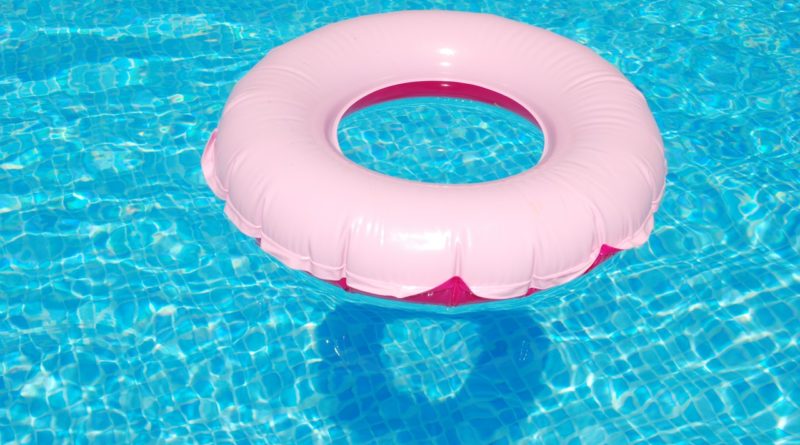YMCA Provides Summer Swimming Safety Tips for Parents
For many, Memorial Day weekend means the start of summer. And with summer comes swimming – whether it be at a pool, lake, or beach.
And with those opportunities for aquatic fun comes an increased risk of accidental drowning, warns the YMCA. Fast and silent, a child can drown in as little as 20 seconds, and they “will rarely scream, splash, or call out for help,” the organization said.
Drowning is the leading cause of death for children ages 1-4 and the second leading cause of accidental death for children younger than 14. And although more than 60% of parents say they supervise their children while swimming, many admit they are engaged in other distracting activities during that time. In fact, almost 40% of children who drowned in 2019 had no adult supervision at the time of the incident.
“As more parents are working from home during the COVID pandemic, it may be tempting to let your kids splash around while you take a work call or answer an email from your cell phone,” the organization said. “But now more than ever, it’s important to commit to watching your children distraction-free while they are around water.”
“We always like to tell parents to enroll their child in swim lessons but unfortunately during the COVID crisis, most in-person swim lessons are not able to occur,” said Jennifer Prewitt, Associate VP of Aquatics at the YMCA of Metropolitan Dallas. “That’s why, this summer, the YMCA is focusing on spreading the message of supervision. You should have eyes on your child at all times when they are around water.”
Before letting your children hit the water this summer, remember these few tips to ensure it’s an enjoyable and safe experience.
- Never swim alone. Teach your children that they should only swim in locations where a lifeguard is on duty or an adult is watching.
- Supervise your children whenever they’re in water. Whether it’s bath time or taking a dip in a pool or lake, make sure your children are within arm’s reach of you at all time. Download a Water Watcher Tag as a helpful reminder.
- Don’t engage in breath holding activities. Children shouldn’t hold their breath for a prolonged amount of time while swimming, as this can cause drowning and has several other severe physical side-effects.
- Wear a Life Jacket: Inexperienced, non-swimmers and kids should wear a Coast Guard-approved life jacket.
- Don’t jump in the water to save a friend who is struggling in deep water. If a child finds their friend in deep water unexpectedly, their natural reaction may be to jump in the water to try to save them. Even if a child is a great swimmer, a panicked person will overpower them, pulling them underwater with them. The Y’s Safety Around Water program teaches the “reach, throw, don’t go” concept of using a long object to reach for them and pull them to safety. By using this technique, children can help their friend without compromising their own safety.





